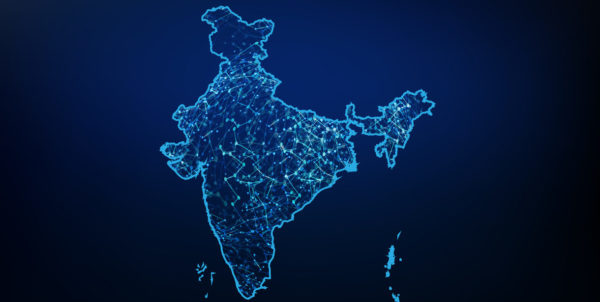‘Cloud credits’ awarded for PEAK Urban spatial inequalities project
 PEAK partner IIHS’ proposal on estimating development indicators for India using earth observation and statistical data has been selected for the GEO-Amazon Open Earth Observation Cloud Credits Programme. 21 projects across 17 developing nations have been awarded $1.5 million worth of cloud services from Amazon Web Services to support work on sustainable environment development using open Earth observation. Open Earth observations are data and information collected about the planet. This includes space-based or remotely-sensed data, as well as ground-based or in situ data. Coordinated and open Earth observations enable decision makers around the world to better understand the issues they face, in order to shape more effective policies.
PEAK partner IIHS’ proposal on estimating development indicators for India using earth observation and statistical data has been selected for the GEO-Amazon Open Earth Observation Cloud Credits Programme. 21 projects across 17 developing nations have been awarded $1.5 million worth of cloud services from Amazon Web Services to support work on sustainable environment development using open Earth observation. Open Earth observations are data and information collected about the planet. This includes space-based or remotely-sensed data, as well as ground-based or in situ data. Coordinated and open Earth observations enable decision makers around the world to better understand the issues they face, in order to shape more effective policies.
Eligible applicants were able to apply for up to $100,000 of Amazon Web Services (AWS) cloud credits for projects that support environmental and development goals – including the Sendai Framework for Disaster Risk Reduction, the Paris Agreement and the United Nations 2030 Agenda for Sustainable Development. Through this collaboration, AWS will provide cloud services to help host, process and analyse large geospatial data sets for non-commercial purposes, prioritizing projects that make use of open satellite data.
The Spatial Inequalities in Bengaluru project, within PEAK Urban, is looking to develop new methods for sub-pixel land cover mapping and population mapping. Krishnachandran Balakrishnan, research lead on the project explains:
“One of the key outputs from this project will be 30 metre resolution population distribution maps for the 100 largest cities in India. This will enable better assessment of inequality in access to various urban services and amenities like piped water supply, education, health care, mobility networks and parks and open spaces. The population distribution maps will also help in rapid assessment of exposure to various types of hazards within these cities.”
A multidisciplinary team of IIHS researchers coming from backgrounds such as machine learning, economics, public policy, geographical information science (GIS), disaster risk reduction, hydrology and agricultural remote sensing will collaborate on this project.
More about The Group on Earth Observations (GEO)